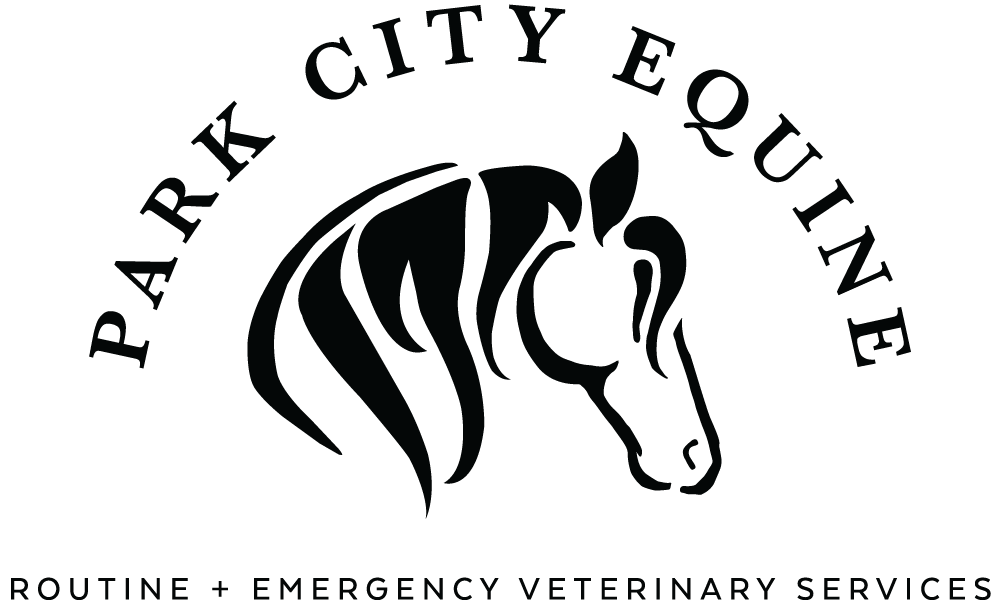The Problem With Mud
The problem with mud, much and moisture — Blair Lybbert, DVM
The joys of mud!
In addition to slippery footing, dirty horses and heavier mud-clad boots there are three health conditions that can be caused by or made worse by mud. They are thrush, hoof abscesses, and “scratches”.
All three conditions can start as a result of prolonged exposure to moisture.
Thrush is often (but not always) initiated by poor environmental conditions; including standing in swamps, deep mud, and soiled stalls. Poor hoof conformation can also contribute. Expect to find black, smelly, dying material deep in the grooves near the frog. Although uncommon, it can spread to deeper structures and cause lameness. Finding evidence of thrush on a lame leg is more likely a coincidence than the cause of lameness.
Hoof abscesses are trapped pockets of pus within the hoof capsule. This creates pressure that causes pain and swelling. Past hoof trauma or disease, punctures, poor conformation, and bruises can all lead to abscesses.
Prolonged exposure to mud can contribute to this very painful condition is two ways:
1) Mud is more likely than dry dirt to contain the bacteria that tend to cause abscesses. Bacteria tend to proliferate more in moist conditions.
2) Standing in mud can soften the bottom of the hoof so that bacteria gain entry more easily and set up an infection.
“Scratches” are bacterial or fungal skin infections on the back of the pasterns. This condition is also known as pastern dermatitis or “mud fever”. Especially common in horses with lots of skin folds and/or lower-limb feathering that work or live in moist conditions. The skin can appear inflamed and may even crack. The condition can cause significant swelling and lameness or it can be mild in severity.
A dry and clean lower leg is the first step in resolving the problem. When the mud comes, be careful & clean and be sure to watch for these conditions. Remember that occasionally what is first suspected to be a problem isn’t the problem at all.

